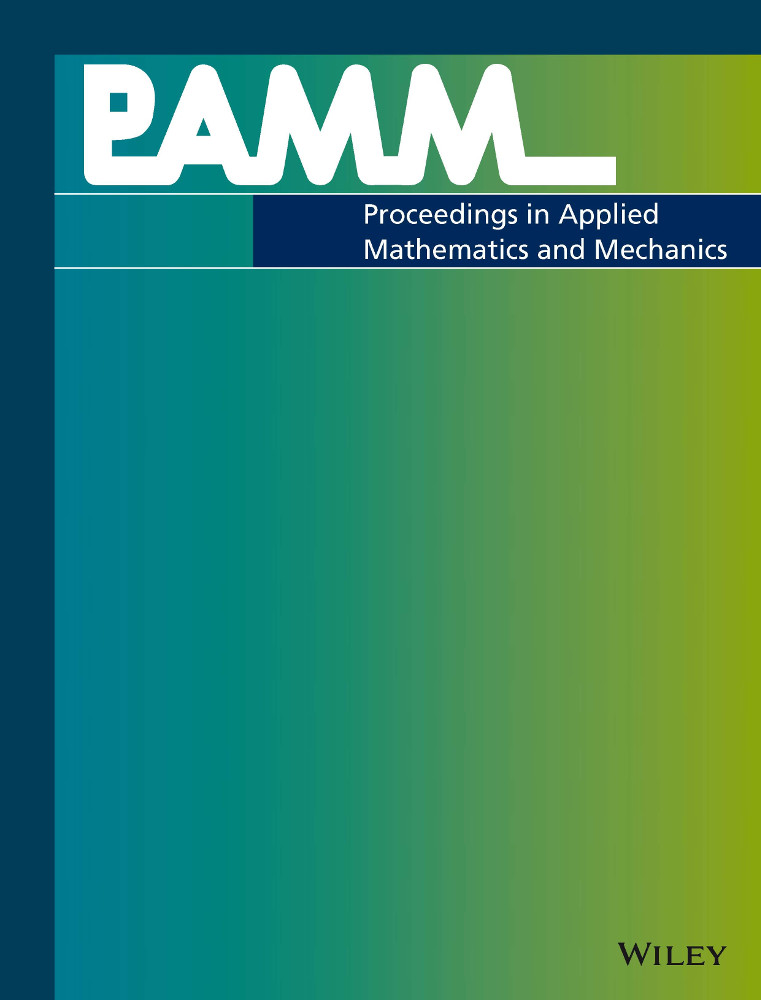Investigation of a Realistic Flap Modeling Using a Combination of Chimera Method and Grid Deformation on a Wing Fuselage Configuration
Abstract
Flap deflections of an aircraft wing for active load alleviation within CFD simulations are realized using pure grid deformation due to time saving and low modeling complexity. In this case, spanwise gaps are neglected, which are present in reality during a flap deflection. Another possibility to realize the deflections is the combination of pure grid deformation and Chimera method, which allows the modeling of the gap between flap and wing or consecutive flaps. The overall aim of this work is the analysis of the aerodynamic effects caused by the different modeling approaches realizing leading and trailing edge flap deflections. The comparison of the modeling methods is investigated on the DLR LEISA configuration, which is a generic wing-fuselage configuration. For active gust load alleviation, the leading edge flaps are deflected downward and the trailing edge flaps are deflected upward. Due to the downward deflection of the leading edge flaps, vortices are formed using the combined Chimera method as a result of the gap consideration. These vortices lead to a local drag increase resulting in a difference between both modeling methods in the spanwise as well as global drag coefficient. With the pure grid deformation these vortices do not occur. Due to the upward trailing edge deflection, the combined Chimera method leads to a pressure compensation via the effective gap enlargement, which is not present in the pure grid deformation. Overall, the combined Chimera method offers a good possibility to model the induced drag as well as the pressure compensation at a large flap deflection.




